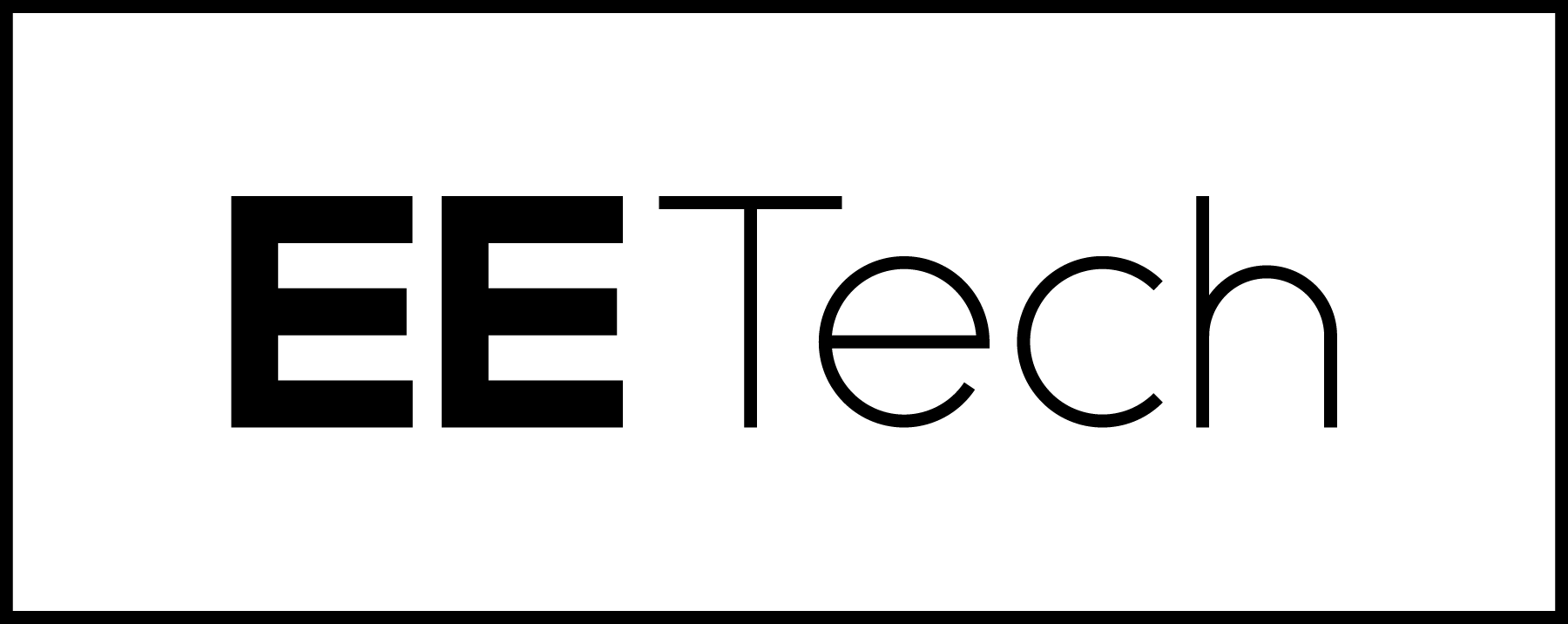In an industry that holds cutting-edge professional design above almost anything else, engineering students may seem like a strange demographic to study. The reality, however, is that students—whether they’re undergrads destined to be circuit designers or they’re pursuing a doctorate to revolutionize the field through their academic research—represent the future of the electrical engineering world.
Many industry actors, including manufacturers and research institutions, look to either hire or expose their products to the next generation of engineers to ensure they have the most recent education in their ranks.
 Kate Smith
Kate Smith
Editor-in-Chief
All About Circuits





